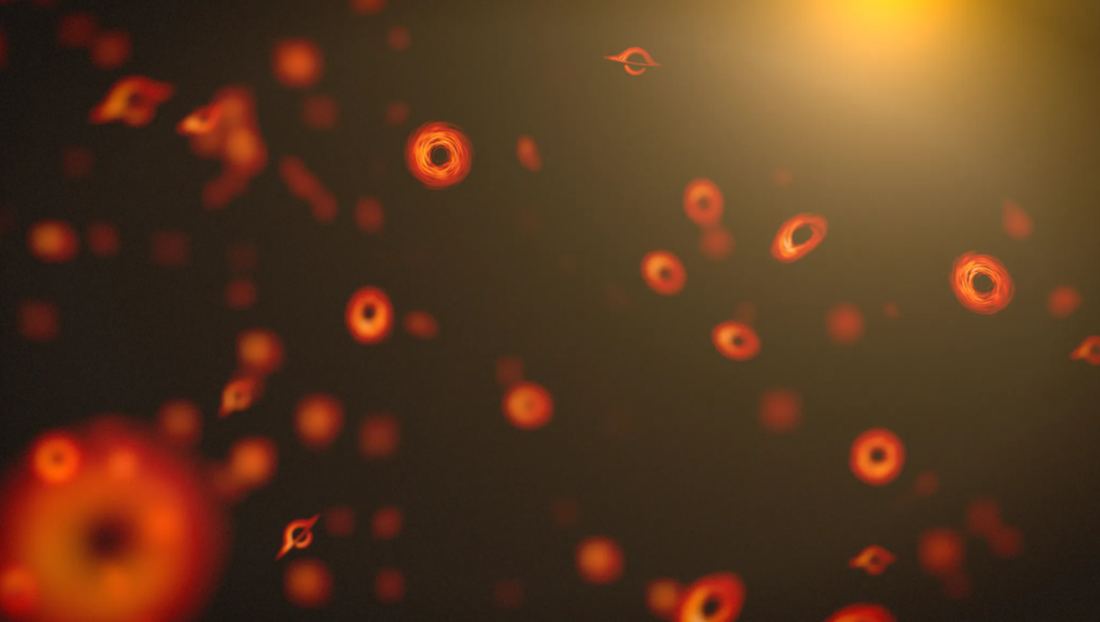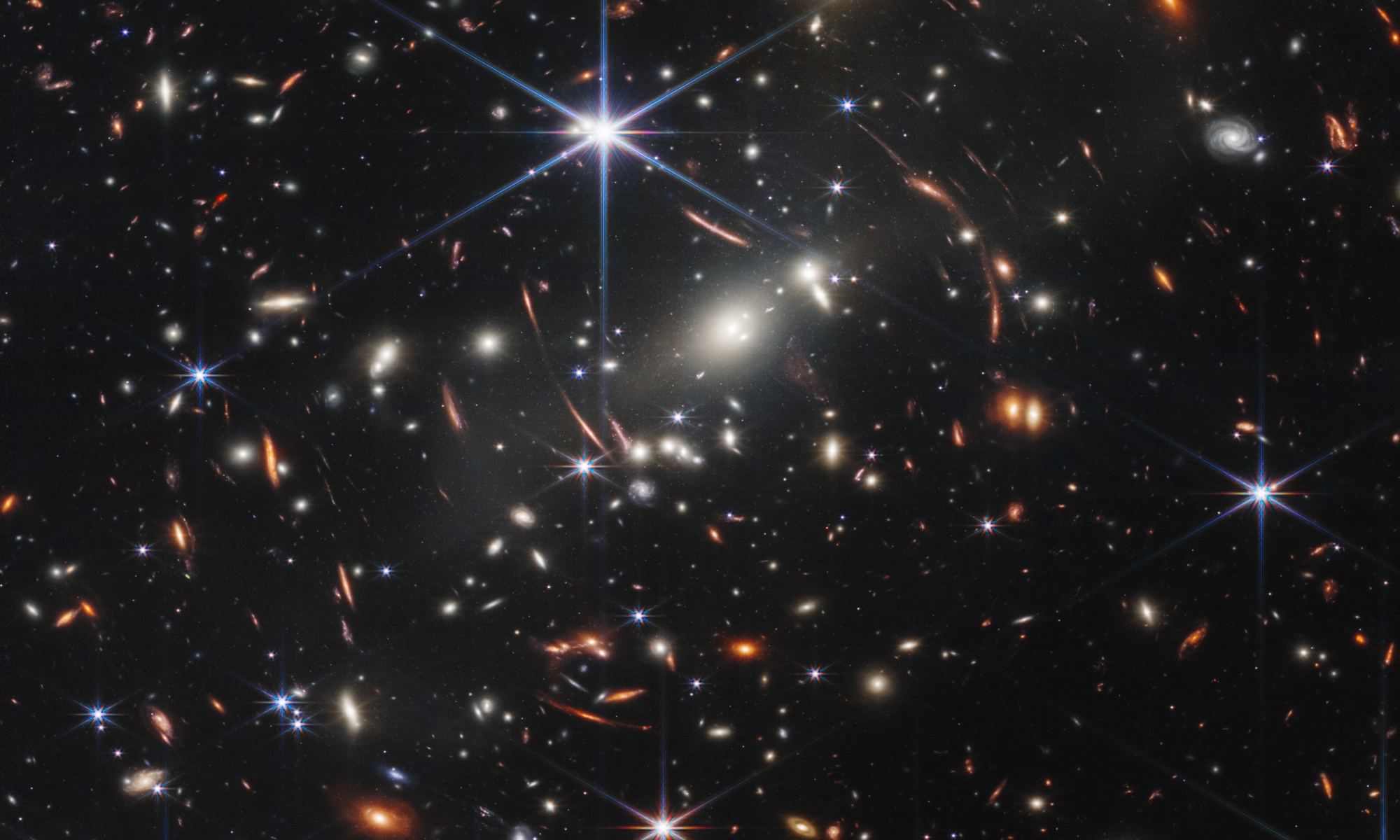Despite being extraordinarily difficult to detect for the first time, gravitational waves can be found using plenty of different techniques. The now-famous first detection at LIGO in 2015 was just one of the various ways scientists had been looking. A new paper from researchers from Europe and the US proposes how scientists might be able to detect some more by tracking the exact position of the upcoming Uranus Orbiter and Probe (UOP).
Continue reading “A Mission to Uranus Could Also be a Gravitational Wave Detector”Success! SpaceX’s Starship Makes a Splash in Fourth Flight Test
SpaceX’s Starship earned high marks today in its fourth uncrewed flight test, making significant progress in the development of a launch system that’s tasked with putting NASA astronauts on the moon by as early as 2026.
Continue reading “Success! SpaceX’s Starship Makes a Splash in Fourth Flight Test”It’s Time for Hardworking Hubble to Slow Down a Little
Thirty-four years is a long time for a telescope. Yet, that is how long the veteran workhorse of NASA’s space telescope fleet has been operating. Admittedly, Hubble was served by several repair missions during the space shuttle era. Still, the system has been floating in the void and taking some of humanity’s most breathtaking pictures ever captured since April 24th, 1990. But now, time seems to be finally catching up with it, as NASA plans to limit some of its operations to ensure its continued life, starting with gyroscopes.
Continue reading “It’s Time for Hardworking Hubble to Slow Down a Little”Chinese Astronauts Just Repaired Space Debris Damage Outside the Station
A pair of Chinese taikonauts have completed an eight-hour spacewalk repairing damage to the Tiangong Chinese Space Station’s solar panels. It’s believed the damage was caused by tiny pieces of space debris, which impacted the solar wings and degraded their function. They performed a first repair spacewalk in December 2023 and completed the repairs with their second trip outside in March 2024. The Shenzhou 17 crew were the sixth group living in Tiangong and were relieved by the Shenzhou-18 team in late April.
Continue reading “Chinese Astronauts Just Repaired Space Debris Damage Outside the Station”Starliner Finally Launches, Carrying Two Astronauts Into Orbit
After many delays and two scrubbed launch attempts, Boeing’s CST-100 Starliner successfully launched earlier today! The Crewed Flight Test (CFT) took off from Space Launch Complex-41 at Cape Canaveral Space Force Station, Florida, at 10:52 a.m. EDT (07:52 PDT) atop a ULA Atlas V rocket. For this mission, the capsule is carrying two NASA astronauts: Barry “Butch” Wilmore (commander) and Sunita “Suni” Williams (pilot). They are expected to reach the International Space Station (ISS) at 12:15 p.m. EDT (09:15 a.m. PDT) on Thursday, June 6th.
Continue reading “Starliner Finally Launches, Carrying Two Astronauts Into Orbit”ESA Sets the Launch Date for Ariane 6: July 9th

The European Space Agency has retired its Ariane 5 rocket, and all eyes are on its next generation, Ariane 6. The rocket’s pieces have been arriving at the Kourou facility in French Guiana and are now assembled. ESA has now announced they’ll attempt a test launch on July 9th and hope to complete a second flight before the end of 2024. This new heavy-life rocket has a re-ignitable upper stage, allowing it to launch multiple payloads into different orbits.
Continue reading “ESA Sets the Launch Date for Ariane 6: July 9th”Metal is 3D Printed on the Space Station
I have always wanted a 3D printer but never quite found a good enough reason to get one. Seeing that NASA are now 3D printing metal is even more tantalising than a plastic 3D printer. However, thinking about it, surely it is just a computer controlled soldering iron! I’m sure it’s far more advanced than that! Turns out that the first print really wasn’t much to right home about, just an s-curve deposited onto a metal plate! It does however prove and demonstrate the principle that a laser can liquify stainless steel and then deposit it precisely in a weightless environment.
Continue reading “Metal is 3D Printed on the Space Station”Primordial Black Holes Can Only Explain a Fraction of Dark Matter

What is Dark Matter? That question is prominent in discussions about the nature of the Universe. There are many proposed explanations for dark matter, both within the Standard Model and outside of it.
One proposed component of dark matter is primordial black holes, created in the early Universe without a collapsing star as a progenitor.
Continue reading “Primordial Black Holes Can Only Explain a Fraction of Dark Matter”Research Work Begins on the Habitable Worlds Observatory

NASA are planning on building a telescope to hunt for habitable worlds. The imaginatively named ‘Habitable Worlds Observatory’ is at least a decade away but NASA have started to develop the underlying technology needed. The contracts have been awarded to three companies to research the next-generation optics, mission designs and telescope features at a cost of $17.5 million. Work should begin late summer 2024.
Continue reading “Research Work Begins on the Habitable Worlds Observatory”The JWST is Re-Writing Astronomy Textbooks

When the James Webb Space Telescope was launched at the end of 2021, we expected stunning images and illuminating scientific results. So far, the powerful space telescope has lived up to our expectations. The JWST has shown us things about the early Universe we never anticipated.
Some of those results are forcing a rewrite of astronomy textbooks.
Continue reading “The JWST is Re-Writing Astronomy Textbooks”





